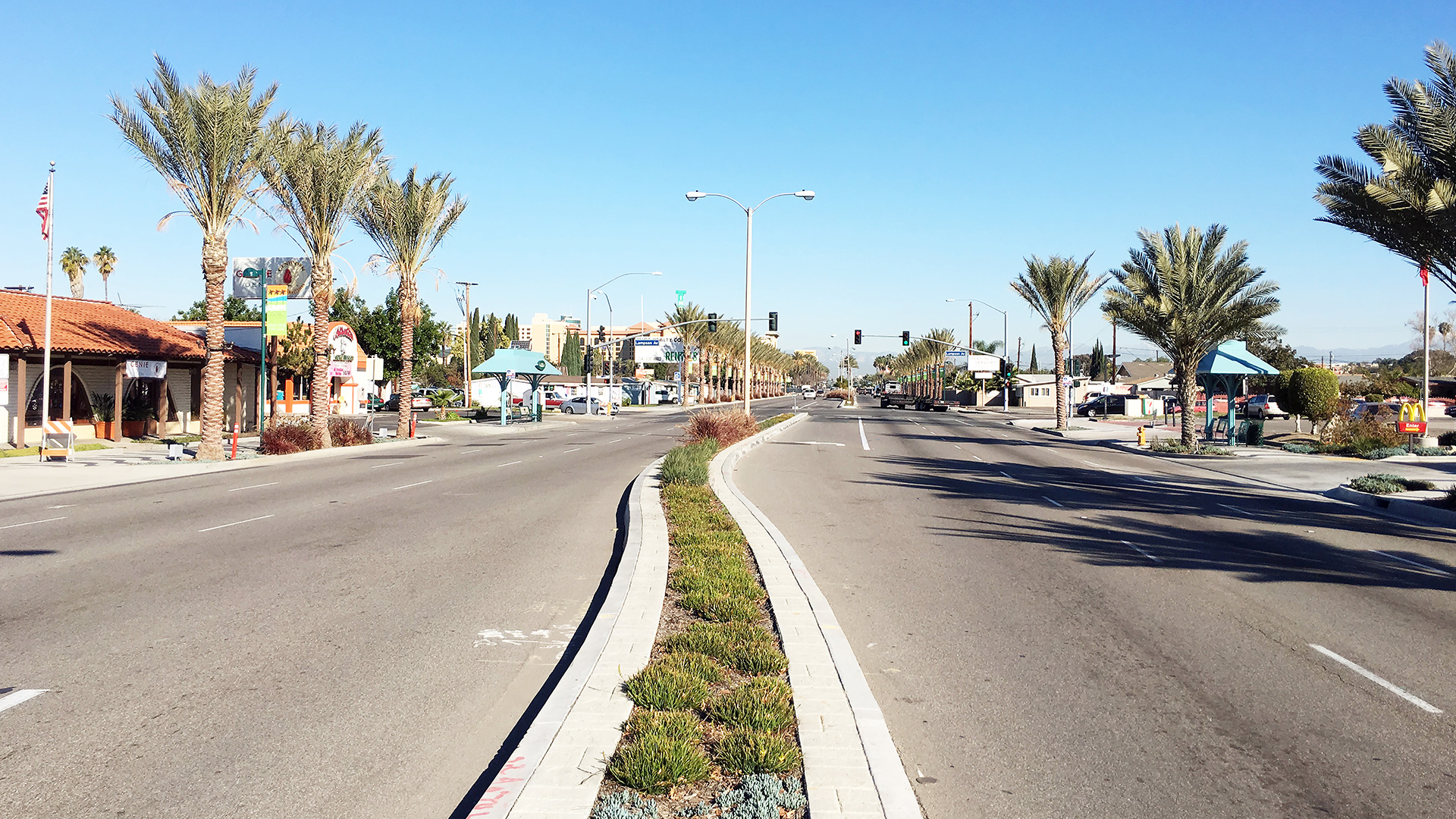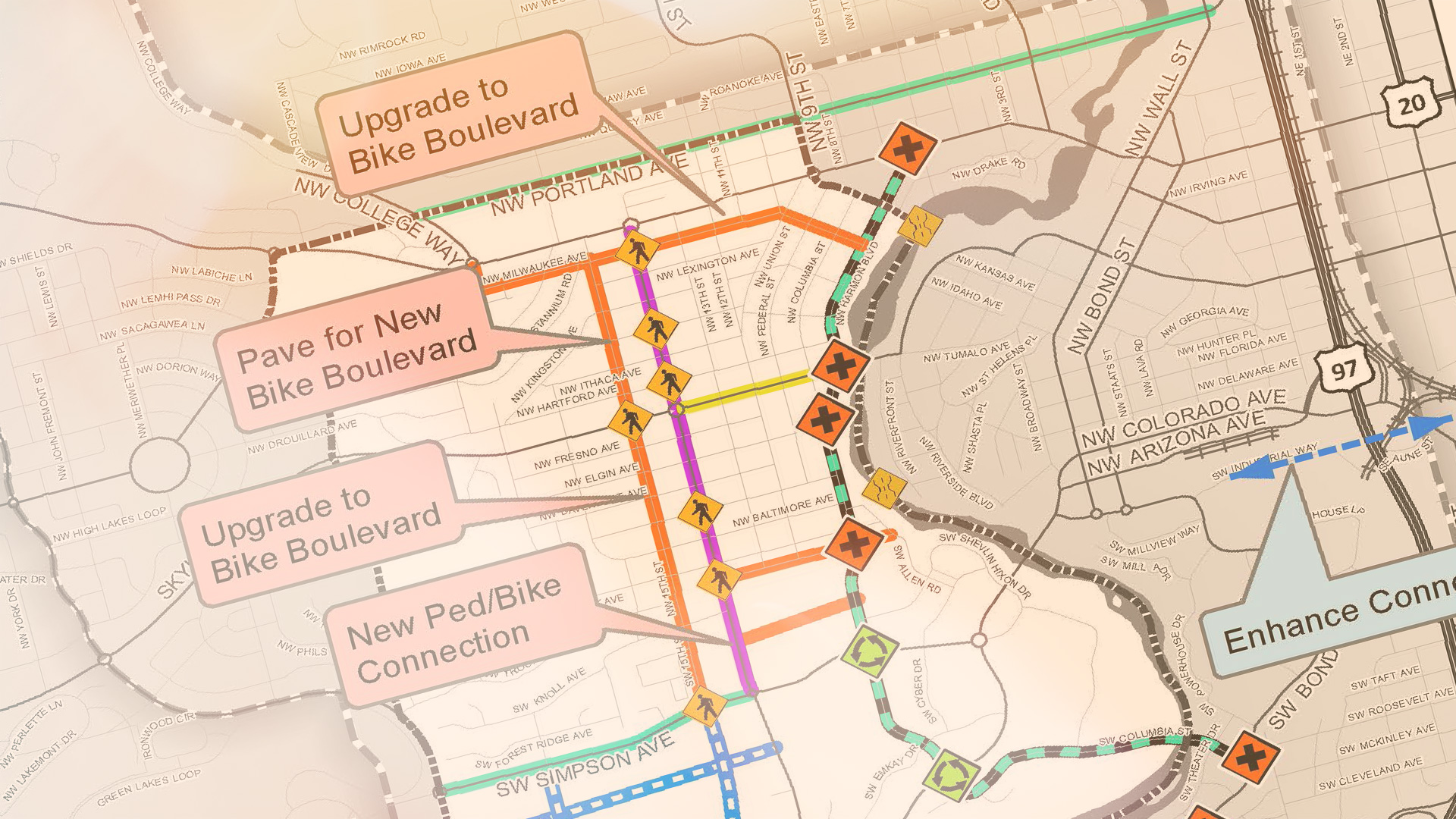Challenge
The Florida Department of Transportation, District 6 sought to implement a data-driven network screening of the State Highway System to prioritize locations within ten emphasis areas of the 2015 Strategic Highway Safety Plan (SHSP). The screening would systematically identify and prioritize safety-focused projects for each of the emphasis areas, and establish a repeatable approach to reduce crashes on state roadways.
Solution
FDOT D6 teamed with Kittelson to undertake the Districtwide network screening evaluation of the most recent crash data through the application of the network screening methodologies described in the Highway Safety Manual (HSM). Historic crash data was obtained to identify high crash locations and to further evaluate the locations with the highest fatalities and serious injuries. The Districtwide crash data were combined with roadway characteristics data obtained from the Roadway Condition Index (RCI) to better understand the potential risk characteristics associated with the crashes.
The HSM identifies 13 possible performance measures for conducting a network screening evaluation. Using multiple performance measures to evaluate a network has the potential to improve the level of confidence in selecting locations most likely to benefit from safety improvements. The performance measures used for the analysis to account for crash frequency and severity were based on readily available data and current practice within FDOT D6. The performance measures selected for the analysis are:
- Crash Rate – Normalizes the crash frequency by adjusting for the volume of the roadway also referred to as the exposure.
- Equivalent Property Damage Only (EPDO) – Assigns weighting factors to crashes by severity to develop a combined frequency and severity score for each site. These weighting factors are commonly calculated relative to Property Damage Only crash costs.
The Outcome
Big Data: Smart Safety Improvements
The final product is a list of the top locations ranked within each SHSP emphasis area to characterize potential safety needs. These identified locations will be carried forward for diagnosis and project development if deemed necessary.



